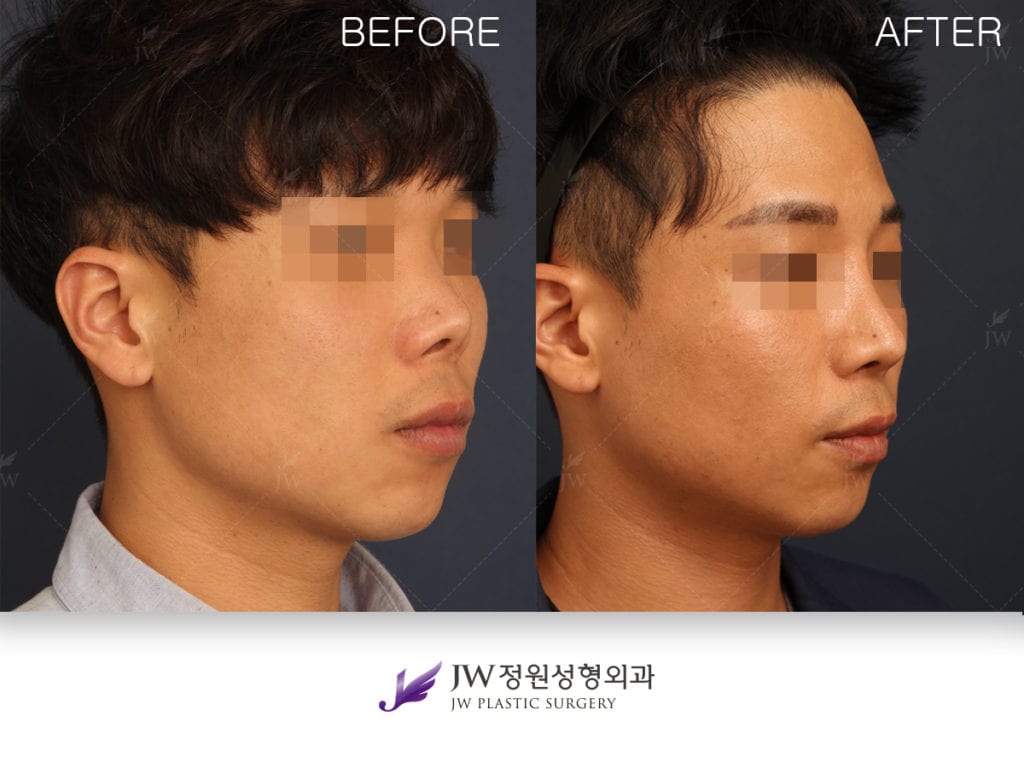Asian noses are often characterized by their flat nasal bridges, and a ‘higher’ and more ‘pronounced’ nose is considered beautiful in many Asian countries. For this reason, nasal bridge augmentation is one of the most frequently performed rhinoplasties in Asian countries.
Nasal bridge augmentation, however, can come with potential complications, such as warping. JW Plastic Surgery’s Dr. Suh has implemented a revolutionary technique to prevent such risks. Here, we look at the risks, and the ways they are minimized at our clinic

Rib cartilage is abundant in graft volume, and its rate of absorption is low in comparison to dermofat grafts, meaning that it provides significant augmentation to the nasal bridge.
Rib cartilage can be used for nasal bridge augmentation in two ways: diced cartilage, and block rib cartilage.
Diced cartilage, using rib cartilage and temporal fascia – the fibrous layer covering the temporalis muscle – can be used for augmentations involving thin skin . One disadvantage of using diced cartilage wrapped in temporal fascia is the relatively high resorption of the graft, resulting in a less pronounced augmentation in some cases
For major augmentation of the nasal bridge, block rib cartilage is usually the preferential option.
One main concern when using block type rib cartilage is potential warping. While using a concentric carving technique for the costal cartilage is one common way prevent graft warping (Fig1), there is still a possibility of warping occurring

Instead of conventional concentric carving, JW Plastic Surgery’s Dr. Mankoon Suh developed a revolutionary technique to minimize warping of the rib cartilage. The technique is known as the ‘multi-layered rib cartilage graft technique’.
In this technique, harvested rib cartilage is sliced into thin pieces, and multiple pieces of thinly sliced cartilage are accumulated according to the patient’s desired nasal-bridge height. This technique allows for the graft to better fit exactly to the patient’s nasal bridge contour, while also minimizing the chances of warping, especially in comparison to conventional, concentric carving. JW Plastic Surgery’s Dr. Suh has seen zero cases of warping while using this technique

In addition, this technique does not require ‘K-wire fixation of the graft, which is sometimes necessary during the concentric carving technique (Fig2).
This novel technique first developed by Dr. Suh has been presented in many domestic and international symposiums, and is receiving praise worldwide.
For more information, or too book a rhinoplasty consultation with JW Plastic Surgery, click here.
